How To Harvest Boysenberries – Picking Boysenberries The Right Way
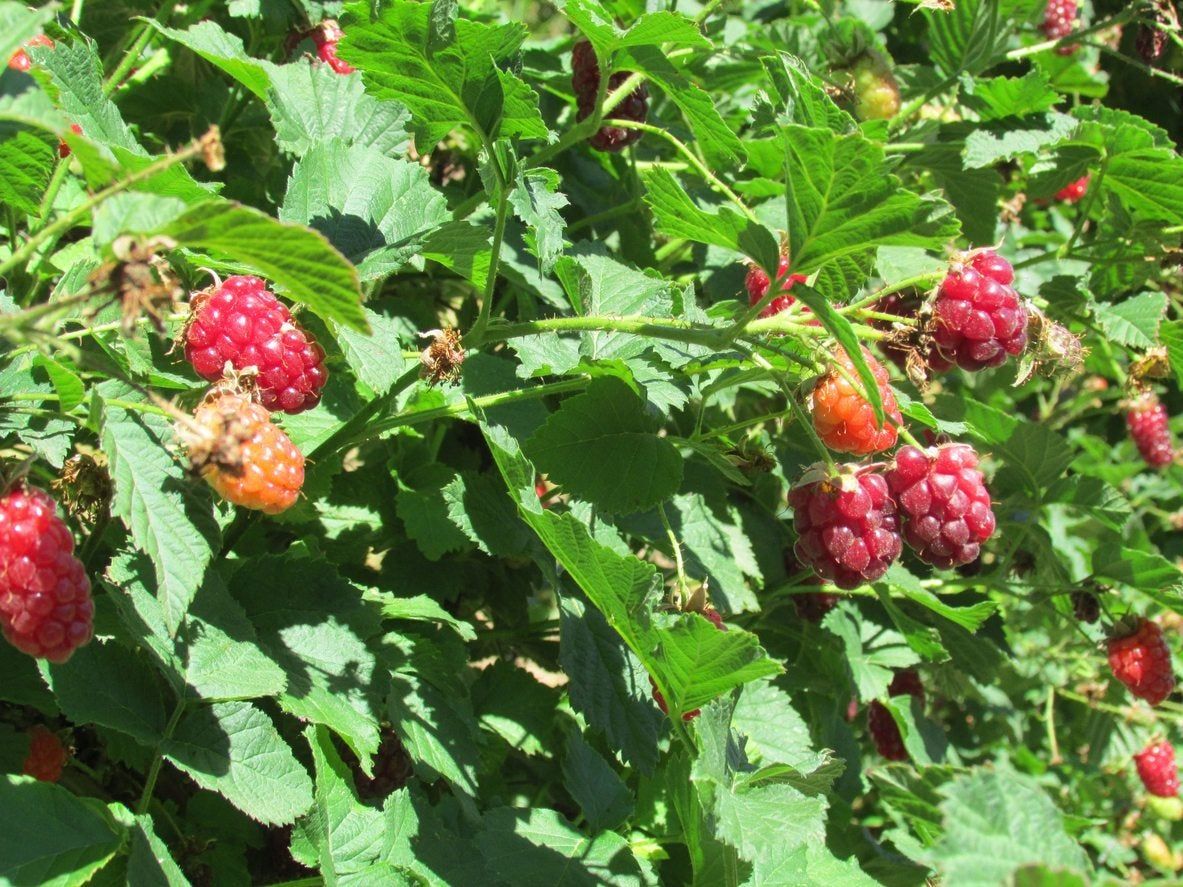
Boysenberries are sublime with a unique flavor derived from their parentage, part raspberry sweetness and part wine-kissed tanginess of blackberry. For ultimate flavor, boysenberry harvest occurs when the berries are mature and at their peak. It’s important for growers to know exactly how and when to pick boysenberries to capture their distinctive taste and aroma.
About Picking Boysenberries
At one time, boysenberries were the crème de le crème of berries growing in California. Today, they are a rarity, located after searching high and low at the farmer’s market, if at all. This is because harvesting boysenberries is time-consuming and costly, and because the berries are so delicate that in order to ship them producers ended up picking boysenberries before they were fully ripe, thus, rather tart for eating fresh.
When to Pick Boysenberries
Boysenberries bloom for about a month in the spring and then ripen over the summer. That is, of course, unless there is a rapid increase in temps, in which case the berries ripen more rapidly but, generally, harvesting will run from July to August. As they ripen, berries change from green to pink, then red, darker red, purple, and almost black in color. Prime boysenberry harvest is when the berries are the darkest purple. The ones that are almost black should just be eaten immediately while harvesting boysenberries; they will be delicious, but so soft and delicate that they would just become mush if you tried to place them in a container. A true sacrifice on your part, I am sure.
How to Harvest Boysenberries
Depending upon the variety and size of the bush, boysenberry plants can produce 8 to 10 pounds (4-4.5 kg.) of berries per year. The plant needs the first year of life to grow so it won’t produce berries until its second year. Boysenberries have druplets like a raspberry but a core like a blackberry. You'll need to monitor the color of the druplets to tell you when to harvest the boysenberries. When they are dark purple, it’s time to pick. The berries will not all be ripe at the same time. The harvest will likely last for a month or so. When you pick the berries, a small white plug will come off the plant along with the berry. Be gentle as you remove the berries; they bruise easily. Eat the berries immediately or keep them in the fridge to use later for up to a week. Likewise, you can freeze them for up to four months. If you freeze them, spread them out on a cooking sheet so they don’t freeze together. When the berries are frozen, place them in a freezer bag. Boysenberries also make fabulous preserves.
Gardening tips, videos, info and more delivered right to your inbox!
Sign up for the Gardening Know How newsletter today and receive a free copy of our e-book "How to Grow Delicious Tomatoes".

Amy Grant has been gardening for 30 years and writing for 15. A professional chef and caterer, Amy's area of expertise is culinary gardening.
-
 Best Tomatoes For Containers: 10 Tastiest Varieties For Plentiful Produce In Compact Areas
Best Tomatoes For Containers: 10 Tastiest Varieties For Plentiful Produce In Compact AreasThese are the best tomatoes for containers that prove you don't need to have a large space or elaborate garden to grow delicious produce.
By Bonnie L. Grant
-
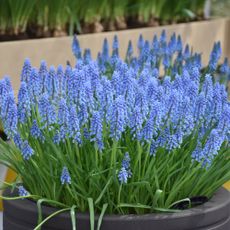 Ultimate Potted Flowers For Spring: 8 Brilliant Blooming Options for Spring Containers
Ultimate Potted Flowers For Spring: 8 Brilliant Blooming Options for Spring ContainersCelebrate the most uplifting of seasons with the most dazzling container flowers imaginable. Here, we present some of the loveliest potted flowers for spring…
By Tonya Barnett
-
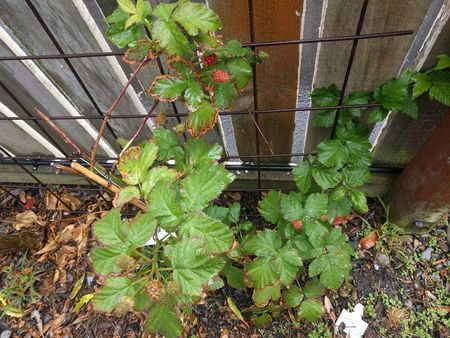 Winterizing Boysenberry Plants – How To Treat Boysenberries In Winter
Winterizing Boysenberry Plants – How To Treat Boysenberries In WinterBoysenberries are a cross between common blackberry, European raspberry, and loganberry. Although they are robust plants that thrive in cold weather, boysenberries require a little winter protection in chilly climates. Learn more in this article.
By Mary H. Dyer
-
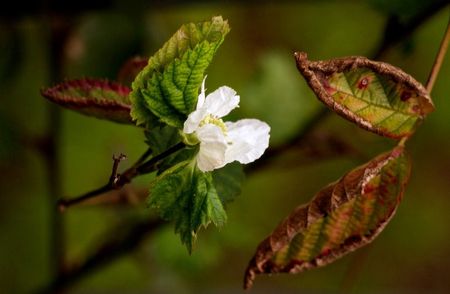 Boysenberry Disease Info: Learn How To Treat A Sick Boysenberry Plant
Boysenberry Disease Info: Learn How To Treat A Sick Boysenberry PlantBoysenberries are delightful to grow, giving you a harvest of juicy, sweet berries in the late summer. This cross between raspberry and blackberry varieties is not as common as it once was, but it should be. Watch out for common diseases though, as explained in this article.
By Mary Ellen Ellis
-
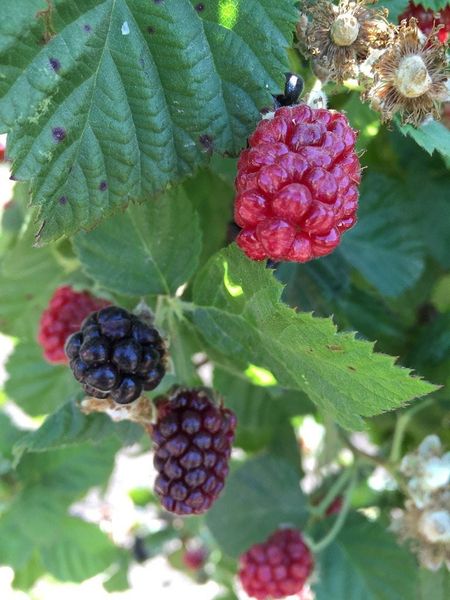 Potted Boysenberry Plants – Growing Boysenberries In A Container
Potted Boysenberry Plants – Growing Boysenberries In A ContainerBoysenberries are a popular fruit, a hybrid among several other varieties of cane berry. Most commonly grown in gardens in the warm, moist regions of the U.S. Pacific Northwest, they can also be grown successfully in containers. Learn more here.
By Liz Baessler
-
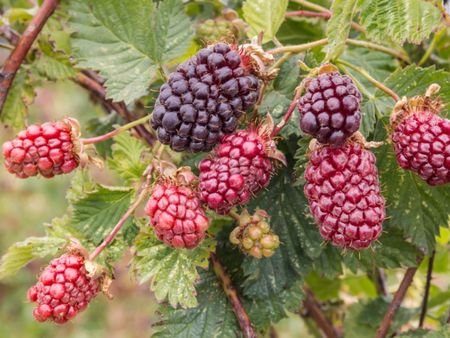 Cutting Back Boysenberries: Tips For Effective Boysenberry Pruning
Cutting Back Boysenberries: Tips For Effective Boysenberry PruningIf you want to grow boysenberries, you'll need to undertake regular boysenberry pruning. For tips on cutting back boysenberries, this article will help. Click here for more information on how and when to prune boysenberry plants.
By Teo Spengler
-
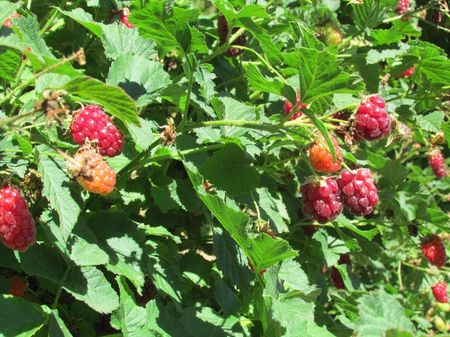 Boysenberry Problems: Learn About Common Boysenberry Pests And Diseases
Boysenberry Problems: Learn About Common Boysenberry Pests And DiseasesBoysenberry plants are so susceptible to a number of fungal conditions that many gardeners have become reluctant to even try growing them. In this article, we will take a closer look at common boysenberry pests and diseases.
By Darcy Larum
-
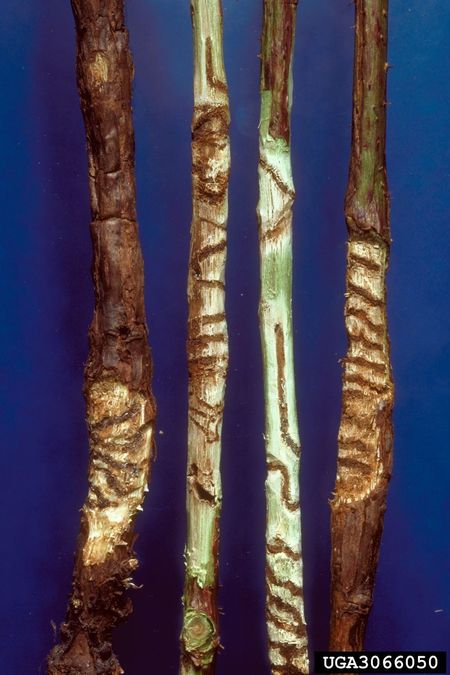 Boysenberry Pests: Learn About Bugs That Eat Boysenberries
Boysenberry Pests: Learn About Bugs That Eat BoysenberriesAlthough they are fairly low maintenance, boysenberry pests can still be a problem. What pests of boysenberry should you watch out for? Well, it should come as no surprise that bugs that eat boysenberries are also inclined to nibble on raspberries. Learn more about them here.
By Amy Grant
-
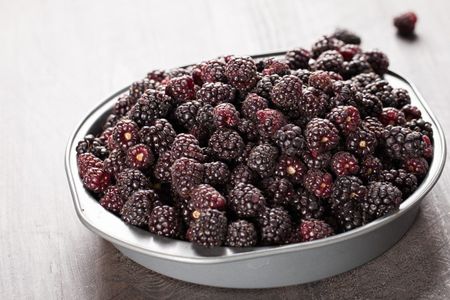 Boysenberry Benefits And Uses – Why Should You Eat Boysenberries
Boysenberry Benefits And Uses – Why Should You Eat BoysenberriesWe've been hearing a lot about the health benefits of berries. What are some benefits of eating boysenberries? Use the information in this article to find out why you should eat boysenberries and how to use boysenberries. Click here to learn more.
By Amy Grant
-
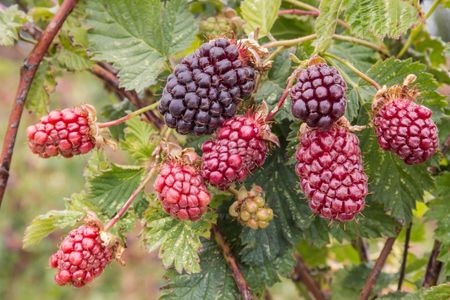 Boysenberry Plant Info – Tips On Growing A Boysenberry Plant
Boysenberry Plant Info – Tips On Growing A Boysenberry PlantIf you love raspberries, blackberries, and loganberries, then try growing a boysenberry, a combination of all three. How do you grow boysenberries? Click here to find out about growing a boysenberry, its care, and other boysenberry plant info.
By Amy Grant
